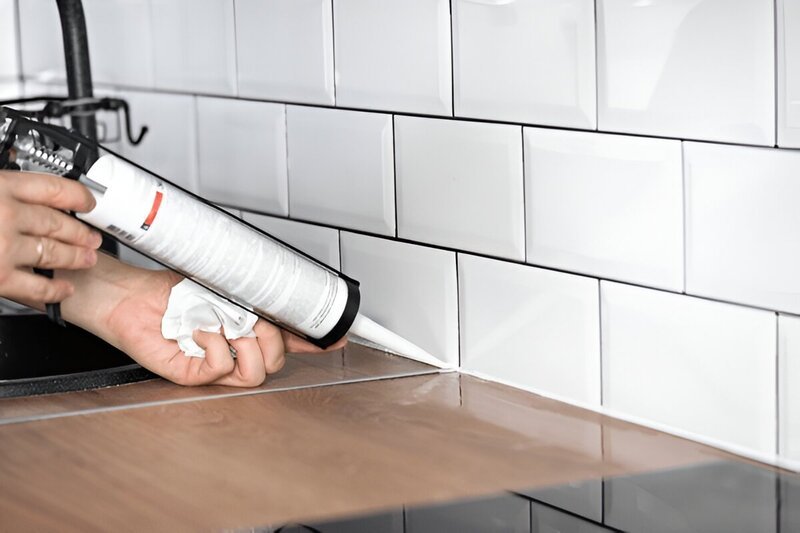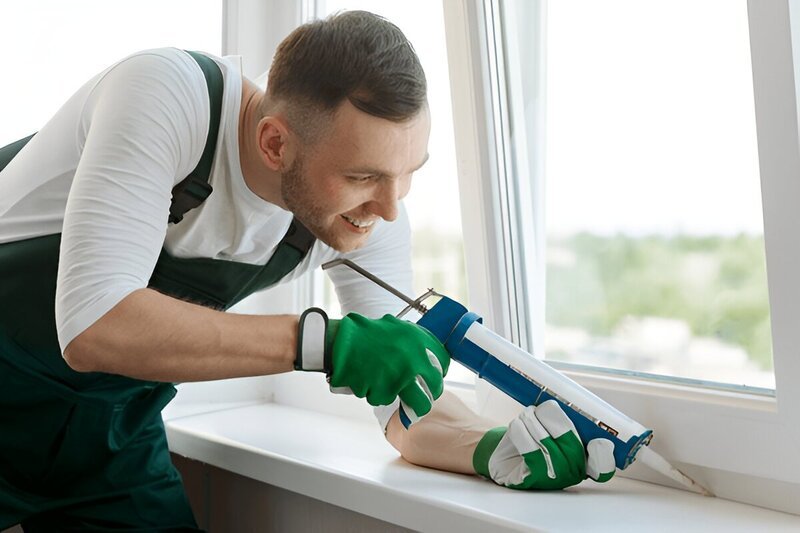Have you ever experienced water leakage or seepage in your home, especially after heavy rain? Ever wondered how to prevent dampness from ruining your valued interiors? Caulking might just be the perfect solution for you. In this article, we’ll explore the pivotal role caulking plays in home waterproofing and why it should be an essential part of your home improvement strategy.
Caulking is often an overlooked aspect of maintaining a home, yet it can be a game-changer in preserving your property’s structural integrity and cleanliness. It’s a cost-effective, efficient way to keep your home warm, dry, and healthy. However, how much do we actually know about this practical solution? Are we aware of all its benefits and potential limitations? This guide will cover everything you need to know about caulking and its importance in waterproofing.
From understanding the basics of caulking to deciding when and where to apply it, as well as weighing the pros and cons, this comprehensive guide will help you make an informed decision for your home.
What Is Caulking and Why Is It Important?
Caulking is a sealing process that involves filling gaps, cracks, or joints in your home to prevent water, dust, or pests from entering. It is commonly applied around windows, doors, plumbing fixtures, and other vulnerable areas. But why is caulking so crucial?
One of the primary reasons is its ability to optimize your home’s insulation system. By sealing gaps, caulking prevents drafts, which can reduce energy costs and improve your home’s energy efficiency. Additionally, caulking helps maintain the aesthetic appeal of your interiors by covering unsightly cracks and gaps.
The best time to apply caulking is before the rainy season. This proactive step can save you from the inconvenience of water leakage and seepage during heavy downpours.
Benefits of Caulking
Caulking offers numerous benefits that go beyond waterproofing:
- Enhanced Energy Efficiency: By sealing gaps and cracks, caulking reduces drafts and heat loss, leading to lower energy bills and improved indoor comfort.
- Prevention of Water Damage: Caulking protects your home’s interior and exterior surfaces from water damage, extending their lifespan and preventing costly repairs.
- Pest Control: Properly sealed gaps keep pests and insects from entering your home, ensuring a clean and hygienic living environment.
- Aesthetic Improvement: Caulking conceals visible cracks and gaps, maintaining the visual appeal of your living spaces.
Limitations of Caulking

While caulking is effective, it’s not without limitations. Improper application can lead to inefficient seals, making the process less effective. Common issues include uneven application or inadequate surface preparation, both of which can result in caulk failure. To avoid these issues and ensure long-lasting results, get affordable caulking services now from experienced professionals who guarantee quality work.
Additionally, caulk deteriorates over time due to exposure to environmental elements. Periodic maintenance and reapplication are necessary to ensure its continued effectiveness.
Steps Involved in Caulking
Understanding the caulking process can help you achieve better results:
- Inspection: Identify gaps, cracks, and joints in areas prone to leakage or drafts, such as windows, doors, and plumbing fixtures.
- Surface Preparation: Clean the area thoroughly, removing dirt, debris, and old caulk. A clean surface ensures proper adhesion.
- Application: Apply the caulk evenly using a caulking gun. To achieve a clean finish, smooth it out with a caulk smoothing tool or your finger.
- Drying and Inspection: Allow the caulk to dry completely, then inspect the area to ensure there are no missed spots or uneven surfaces.
Should You Hire Professional Caulking Services?
Professional caulking services can offer significant advantages. Skilled professionals have the experience, tools, and knowledge to deliver a high-quality, long-lasting finish.
When hiring a professional, consider the following factors:
- Experience and Training: Check if the service provider has extensive experience and trained staff.
- Certifications and Licensing: Ensure the company is certified and licensed to perform caulking services.
- References and Reviews: Read customer reviews and ask for references to assess their reliability.
- Cost and Warranty: Compare prices and inquire about warranties to ensure value for money.
- Insurance Coverage: Verify that the service provider is insured to protect you in case of accidents or damages.
DIY Vs. Professional Caulking: Which Is Better?
While DIY caulking may save you some money, it requires time, effort, and a certain level of skill. Improper application can lead to poor results, requiring frequent reapplication and repairs.
Professional caulking services, on the other hand, ensure precision and durability. They use high-quality materials and advanced techniques, guaranteeing a finish that lasts for years. While the upfront cost of hiring a professional may be higher, it can save you money in the long run by reducing the need for repairs.
Conclusion
Caulking is an effective and affordable solution for waterproofing your home. It prevents water damage, reduces energy costs, keeps pests at bay, and enhances your home’s aesthetic appeal.
Although DIY caulking is an option, professional services are often the better choice for long-lasting results. By hiring experienced professionals, you can ensure that your home is properly sealed and protected from leaks, drafts, and other issues.
With this comprehensive guide, you’re now equipped to make an informed decision about caulking and its role in waterproofing your home. Whether you choose to do it yourself or hire professionals, investing in caulking services is a step toward maintaining a safe, comfortable, and visually appealing home.



